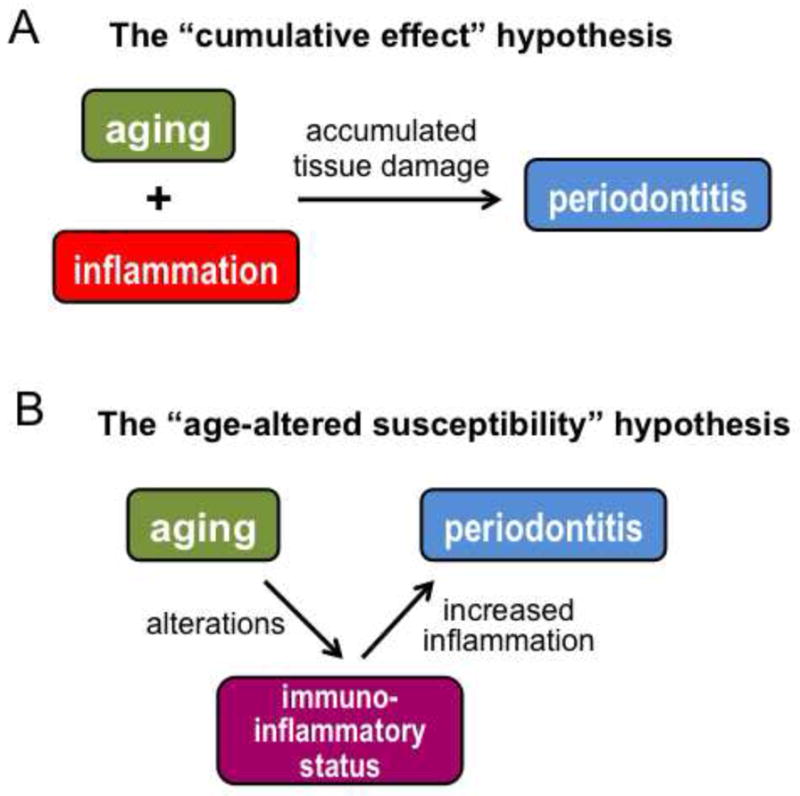Figure 1. Impact of aging on periodontitis: competing hypotheses.

(A) According to the “cumulative effect” hypothesis, aging and inflammation function independently in periodontal pathogenesis. Accordingly, the reason that the elderly have increased prevalence and severity of periodontitis is related to prolonged exposure and thus accumulated tissue damage. (B) According to the “age-altered susceptibility”, aging contributes to periodontal pathogenesis through age-dependent alterations in the immuno-inflammatory status of the host. This is a productive hypothesis that seeks to identify changes in the immunology and/or physiology of the aging periodontal tissue that render the elderly more susceptible to periodontitis than the young.
